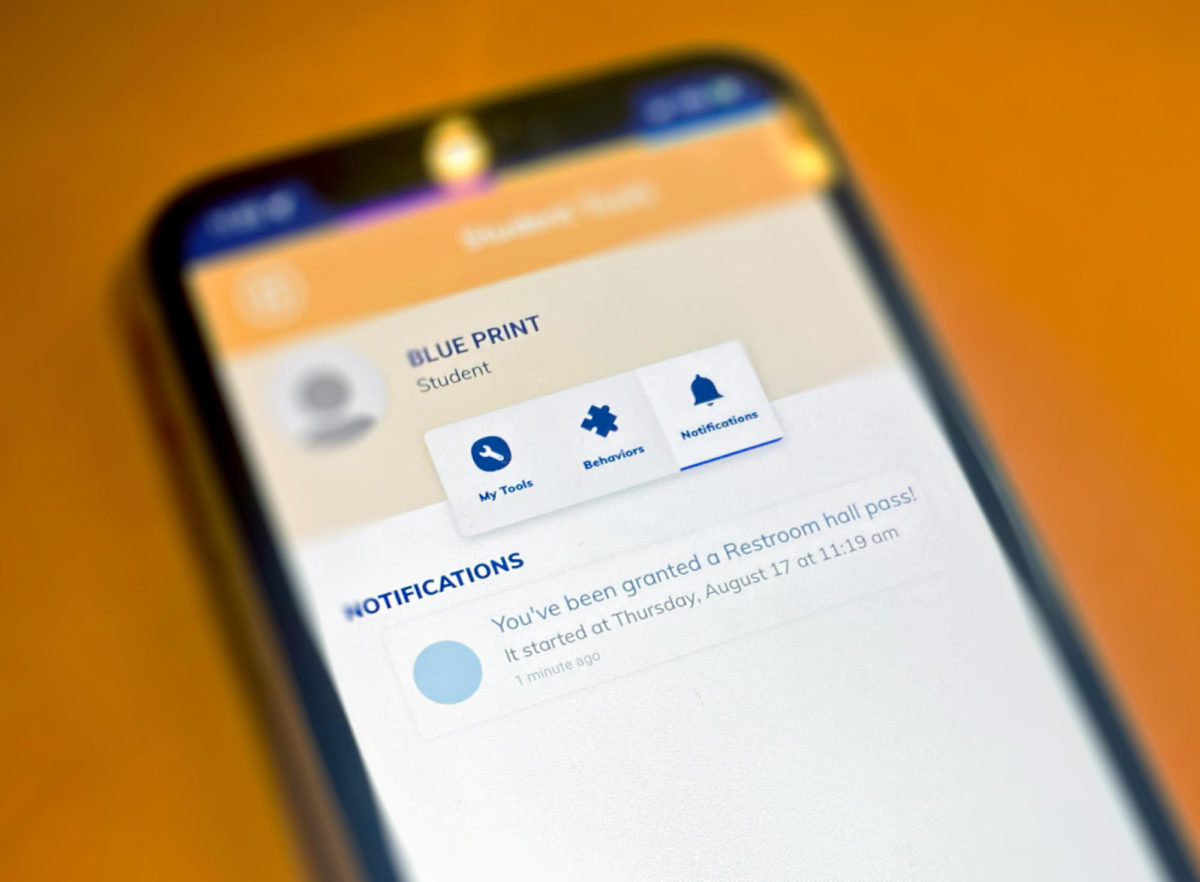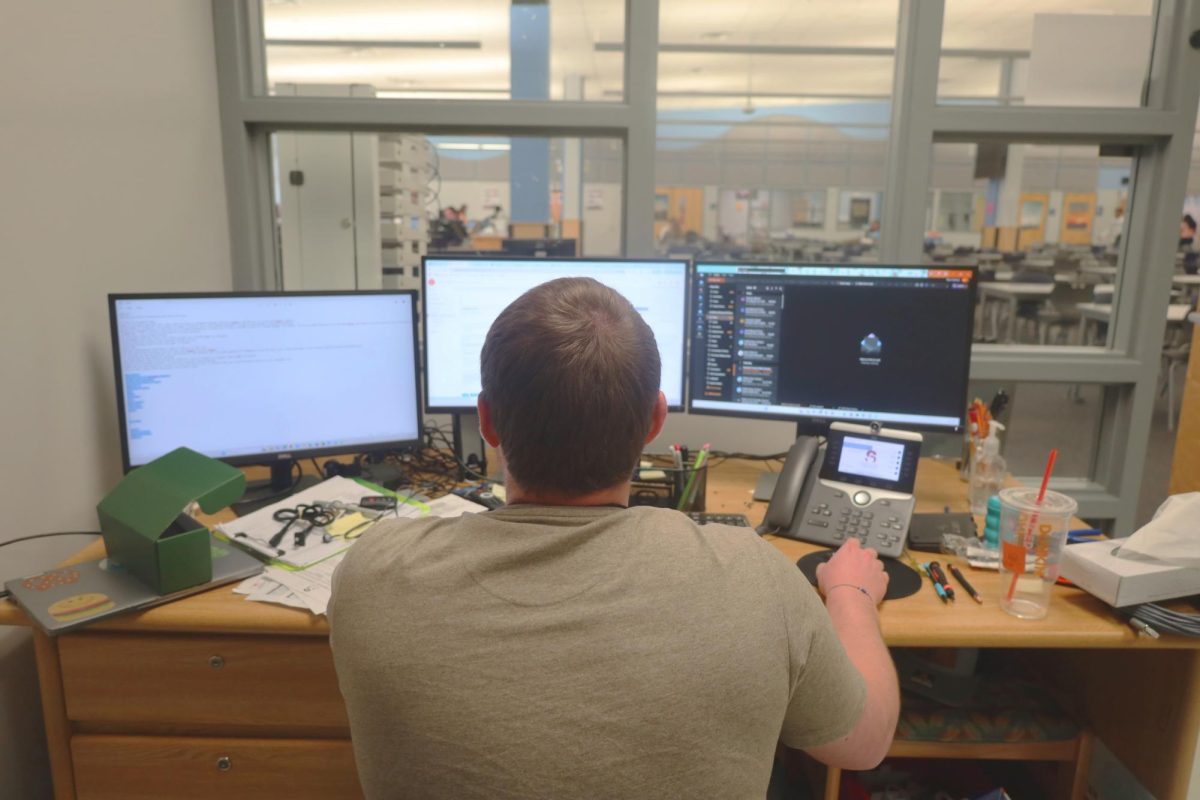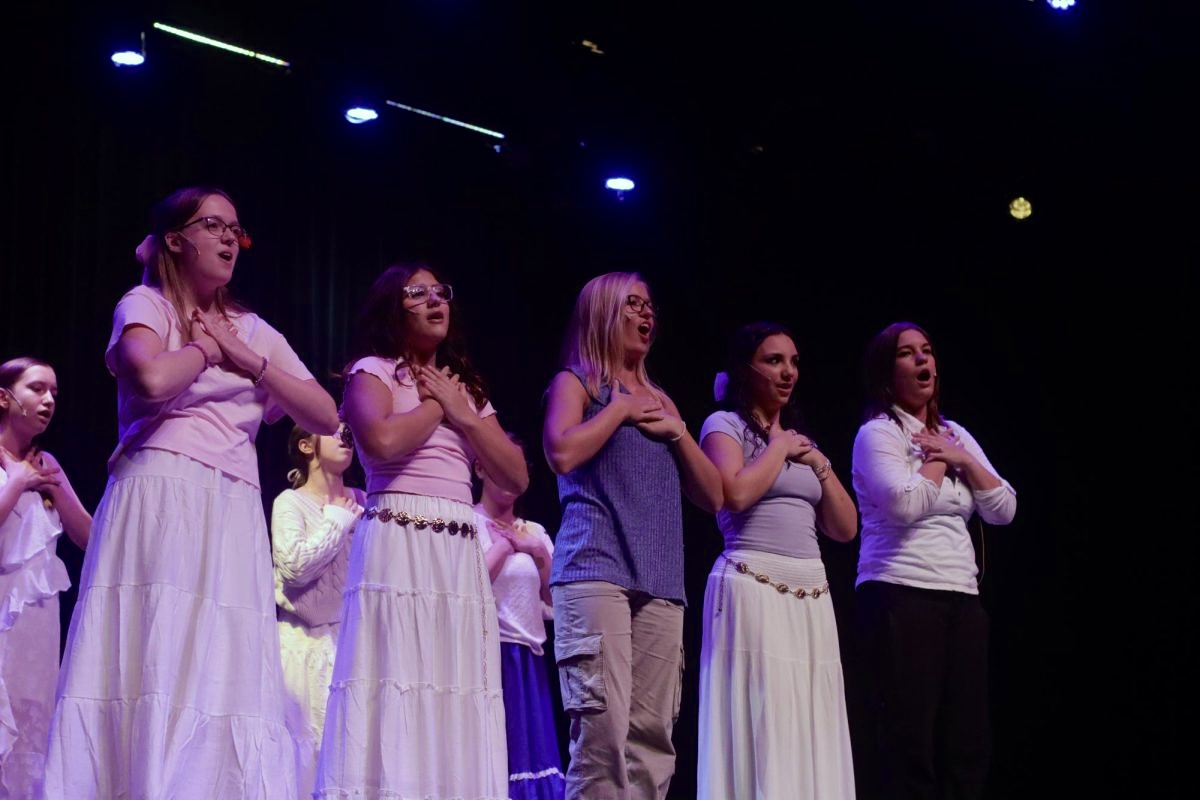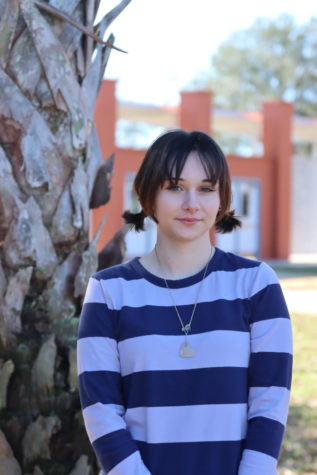Teachers fumble around with their new iPads struggling to assign hall passes, type in names and end the pass timer. An app called Minga is being used to monitor students with systems varying from digital IDs to hall passes, bringing a great deal of discourse among parents, teachers and students during the first days of school. This new protocol, however, is not a surprise, as the app was loosely used last year for students with lost IDs. The changes have been challenging to enforce and to take part in, calling for all hands on deck to normalize the new procedures.
In an attempt to limit the number of tardies, skipped classes and long bathroom breaks, the administration team needed to keep track of where students are and where they should be. Overseeing this transition, School Administration Manager Jason Maitland ensured that each teacher was given an iPad during school pre-planning, with the goal of being able to give a pass with the press of a few buttons.
“It’s easy to do; it takes less than 10 seconds to assign a pass,” Maitland said.
The current trial phase of Minga has its ups and downs, but administrators are doing their best to stay consistent and clear with how things will work. Principal Robert Frasca and Maitland have been working with the company to develop the new systems and adapt it to the school’s needs.
“We were really kind of the test school [because] we wanted to go first and try it. We knew about the hall pass system when I implemented the IDs last year, so I want to try that first and work with that system, then the tardy monitoring system.” Frasca said.
 Last year, there was the option of an online ID or a physical one. For this school year, the app is now the main form of identification, with certain exceptions for those without a phone. All students are in this system with their ID, passes and location. This abrupt transition has been upsetting to some students, who were content with the physical IDs.
Last year, there was the option of an online ID or a physical one. For this school year, the app is now the main form of identification, with certain exceptions for those without a phone. All students are in this system with their ID, passes and location. This abrupt transition has been upsetting to some students, who were content with the physical IDs.
“It takes away our ability to choose whether we want to get something or not,” senior Emily Lesnak, who was not permitted to download Minga, said.
Similar concerns about the value of the new system have brought forward a conversation about the trade-offs: teachers having to stop class, forgetting to stop student timers and having to extend communication with other teachers to allow students to relocate.
“If a kid comes to your class or if you send a kid to another class and you’re like, ‘Hey, tell the other teacher to end the pass when they get there,’ that part is kind of strange,” social studies teacher Jacob Colquhoun said. “But, [instead of] ‘Can you have them call me when you get there?’ [it] saves a step where they can just end it on the app and then we know they are there.”
For the students, the main annoyance comes from the limits with getting a pass, where they are limited to two bathroom passes per day with a five minute timer to use the restroom and return to class. A majority of the staff feel that this is enough, while many students disagree.
“It’s more of a strict atmosphere. It’s like, ‘Oh, do I really have to go to the bathroom?’” Lesnak said. “I don’t want to have to go through all this. [I’m] thinking about it instead of thinking about learning.”
App usage in the classroom has been regarded well by teachers, who have been preparing to integrate the system in the months leading up to the first day. Many recall not having issues with overly long bathroom breaks, but enjoy having everything all in one place, whether they thought it was needed or not.
“My kids are very good—they come right back. So, I don’t think they did it because of kids skipping,” math teacher Aglaia Christodoulides said. “I think that it’s really good for emergency situations, this way we might be able to keep the kids a little bit more safe.”
Administration is hoping that over time, the opinion on Minga will grow to be more positive and understanding. While most students dislike these new restrictions and requirements, there is a general tolerance for using the app.
“Even though it could be irritating at times, overall, it is a very organized system and it keeps the school safer. Depending on the teachers [it is] actually quite efficient,” junior Nicolas Garces said.
Regardless of conflicting responses around campus, Maitland is confident about using Minga for the foreseeable future, remaining aware of the support, disapproval and overall confusion from this decision.
“Whenever you’re piloting something new, there’s always going to be backlash. We understand that students may have to use the bathroom for more than five minutes, but at the same time, it allows us to identify those students that are gone for 30 minutes,” Maitland said. “‘Are they okay?’ ‘Are they in trouble?’ ‘Are they having a [physical] health or mental health issue?’ So while we understand maybe it might take a little longer than five minutes to go to the restroom, we’re not being unreasonable.”








